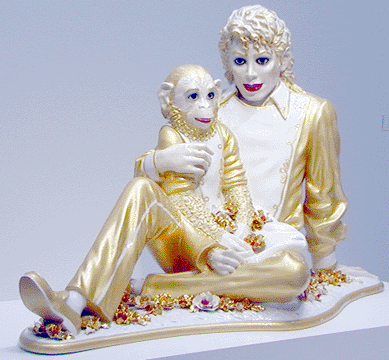According to the eternally youthful and perpetually controversial Jeff Koons, whose creations include a forty-foot high topiary dog and a monumental polychrome sculpture of a kitten trapped in a sock (“a modern version of the crucifixion,” in his words, “but much more cheerful”), contemporary art is in a state of crisis.
“Art has to redefine itself now perhaps as never before,” he explains. “It’s always in flux, of course, but now new technologies have come in which have made certain aspects of art, particularly the craft side, more and more obsolete. Artists seem very marginal these days, and it’s reflected in their economic status too. There was a time when artists like Picasso, or Henry Moore, were among the richest men alive. But that is not true any more. Art really has to find its place in the modern world again.” Koons, one of 15 contemporary artists chosen to contribute to “Apocalypse”, this autumn’s much-hyped main event at the
Some people, unmoved by Koons’s cute kitten and unpersuaded by his gilded porcelain statue of the singer Michael Jackson reclining with pet monkey Bubbles, see him and all his works as a symptom of modern art’s parlous state, rather than a solution to it. Robert Hughes, the distinguished critic of Time, has gone further than that, vilifying him as the Antichrist incarnate of modern American art, a “starry-eyed opportunist” and dumber-down cynically bent on the debasement of modern taste. Koons for his part claims that his work is “spiritual”. The final programme in Hughes’s recent television history of...


